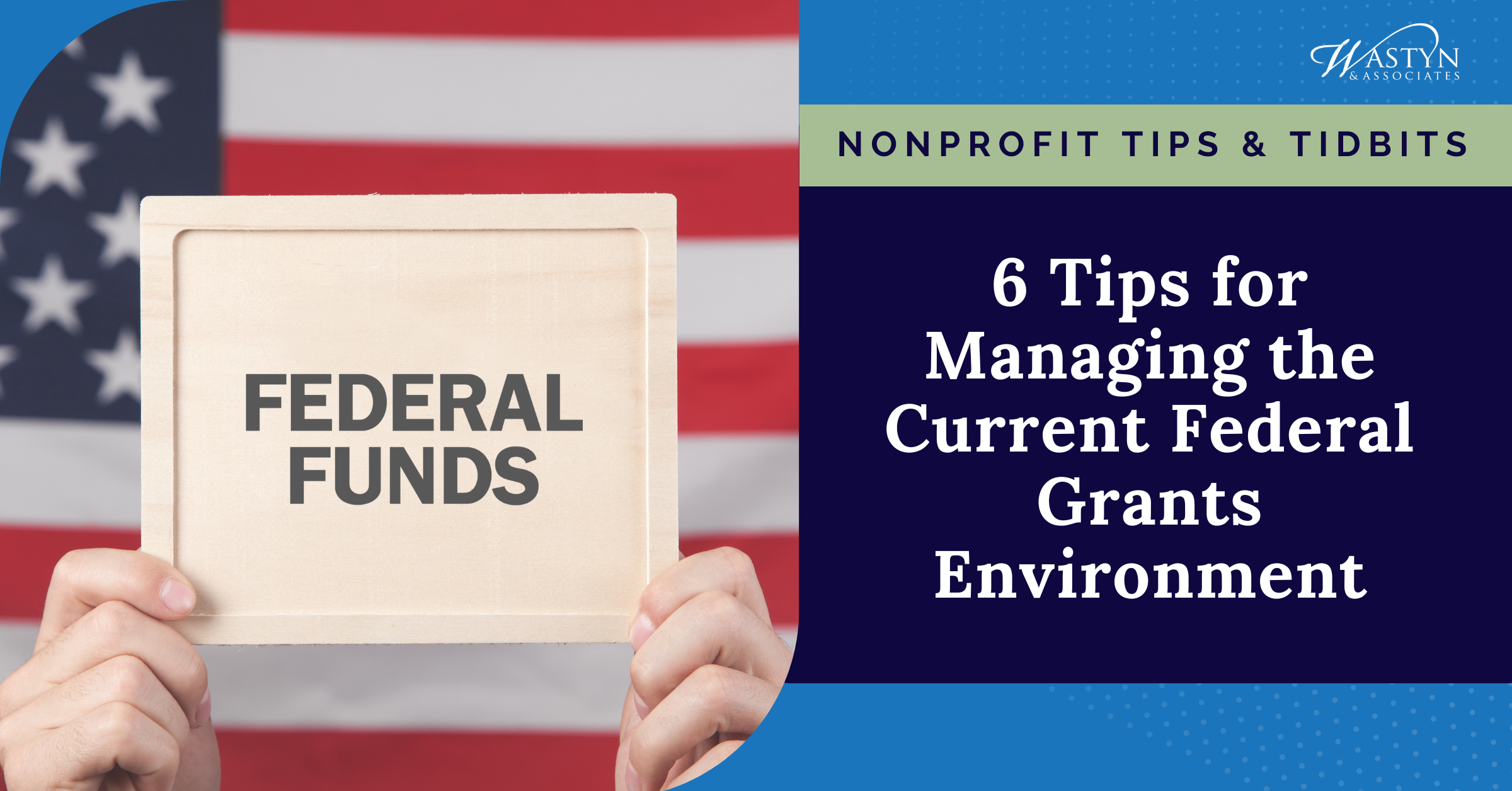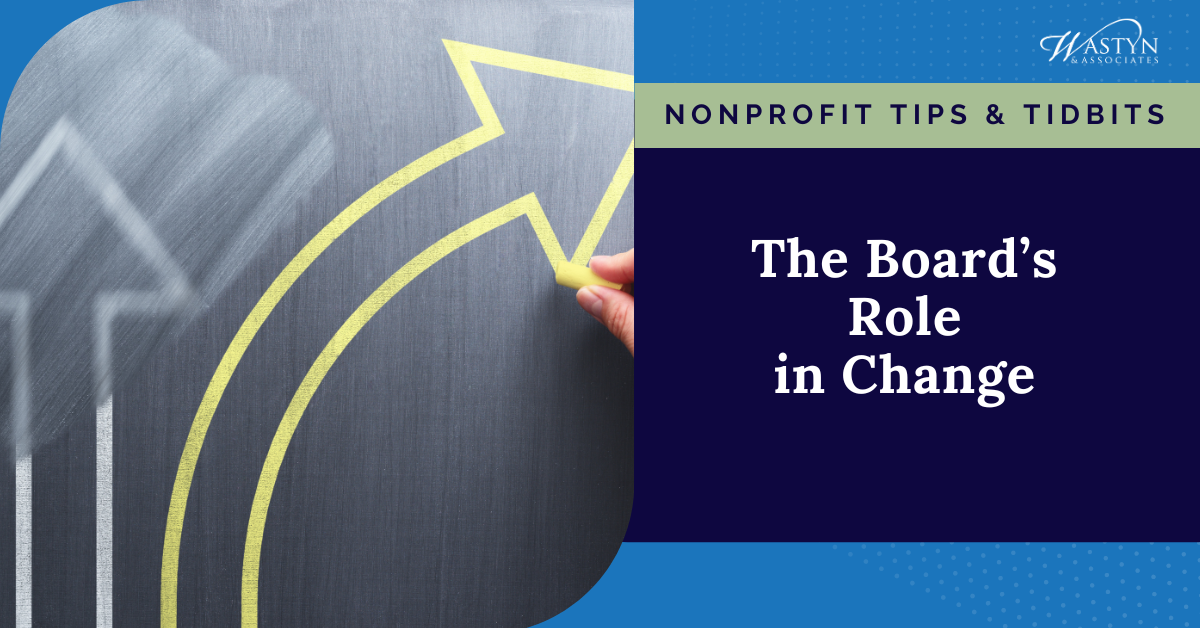Nonprofit Tips & Tidbits
Filter By: CATEGORY
Filter By: TYPE
- #FundraisingFriday 246
- Nonprofit Tips & Tidbits 220
- Donor Management 32
- Professional Development 29
- COVID-19 28
- Fundraising Asks 20
- Major Gifts 18
- Volunteers 18
- Grants 14
- Change Management 12
- leadership 11
- Events 10
- Annual Fund 9
- Self-Care 9
- Storytelling 7
- Giving Tuesday 6
- Onboarding 6
- Organizational Management 6
- Philanthropy 6
- Planning 6
- Stewardship 6
- Teambuilding 6
- iWave 5
- Crisis Management 4
- Marketing & Communications 4
- Writing 4
- Year End Giving 4
- Conflict Resolution 3
- Diversity 3
- Recruitment 3
- Sponsors/Sponsorships 3
- Training/Learning 3
- Campaign Management 2
- Endowments 2
- Governance 2
- Learning 2
- Quad Cities 2
- Data 1
- General 1
- Planned Giving 1
- team 1
Finding Data to Identify Your Top Donor Prospects
The first and best place to find data to support your development work sits in your donor database. Once you have examined the data from your database, today's blog post offers 3 strategies to help you dig deeper to find hidden giving potential.
Finding Major Donor Prospects
How do you know which donors you should spend time cultivating and soliciting for a major gift? The answer lies in your database; you just need to know what to look for and how to use that information.
Yes, Your Nonprofit Can Lobby: Here’s How to do it Legally and Effectively
When people think of lobbying, they often envision well-funded interest groups, not local nonprofits fighting for community change. But nonprofits often serve on the front lines, helping our most vulnerable populations and deeply understanding the issues that hold people back and let them thrive. Nonprofits have every right to lobby legislators—and they should.
Using Data in Fund Development Work
These examples demonstrate the importance of taking the time and effort to assure that you have good, up-to-date data upon which to base your fund development plan and decisions as it will save you time – and raise more money – in the long run.
Wealth and Propensity
Do you know the difference between capacity and propensity? Just because a person has money does not mean he or she will give it to your organization. Likewise, just because they love your organization does not mean they will make a major gift.
Finding Major Gift Prospects
National data suggests that individuals give 80-90% of donations to all types of organizations. If you want to raise more money or diversify your funding streams, you need a strong major gift program.
Grant Funding to “Preselected Organizations”
Have you come across a grant funder who looks perfect for your organization only to read that they "only give to preselected organizations" or do not accept unsolicited applications? Learn what that means and the next steps you can take the next time you run across these types of funders.
Federal Grant Changes Reshape Quad Cities Nonprofits: What Comes Next?
Nonprofits across the Quad Cities face an uncertain financial future. Recent shifts in federal grant funding – freezes, reductions, and policy overhauls – have create ripple effects that threaten organizational stability and disrupt critical services for the most vulnerable residents.
A new Federal Grant Impact Report by Wastyn & Associates reveals the extent of these changes. The findings confirm what many nonprofit leaders already feel: financial uncertainty, staff stress, and competition for limited dollars.
6 Tips for Managing the Current Federal Grants Environment
The federal grants environment has been – in a word – “interesting” the last two months. But rather than sit back and let change happen to you and your organization, I recommend that you take an active role – starting immediately – to manage the change rather than let it manage you.
Types of Funds
You may have heard people talk about different types of funds that you can raise. Learn what those are, how they differ and how to secure each type for your organization.
Expanding Your Grant Funders
By taking a strategic approach – on fundable projects, conducting deep research, and assessing both qualification and logistical fit – you ensure that you pursue the right opportunities rather than just lots of opportunities.
Conflicts of Interest
Too often board members and organizations define "conflict of interest" too broadly which may preclude some highly qualified board members from serving on your board. Learn what a conflict is and isn't and how you can protect yourself and your organization from a potential conflict.
The Board’s Role in Navigating a Changing Environment
Here are 6 ways your board can help navigate change in your organization.
Leveraging Your Board to Navigate Change
Nonprofit executives do not need to navigate these ever-changing and chaotic times alone; that's part of your board's role. Learn four ways that you can leverage the power for your board to help you and your organization during this time.
Happy Holidays!
Happy Holidays from the Wastyn & Associates team with best wishes for a prosperous and joyous new year.
Managing Organizational Change Part 4: Working Staff Through Change
Successfully engaging staff in organizational change begins with creating an organizational culture that supports change.
Year End Giving Strategies
25-30% of all gifts come in during the month of December yet many fundraising professionals simply send a letter and wait for the money to pour in, wondering why they didn't raise more. These five strategies will help you raise more money this holiday season.
Managing Organizational Change Part 3: Identifying Solutions
Now that you have identified the problem and the type of problem, we move to the next phase: generating solutions.
Paying Your Executive Director
If you have a small and often volunteer-led nonprofit, the question often arises about paying your executive director. Should you? Is it appropriate? How can we afford to? Why should we take money from our mission to support a salary? Learn answers to these and other questions you may have about paying your executive director. (HINT: The answer is YES, pay them!)
Managing Organizational Change Part 2: Identifying the Correct Type of Problem
Once you effectively identify the problem – the real problem, you need to categorize the type of problem you have.



















